Diverse strategies are being employed to help a native species in danger of extinction.
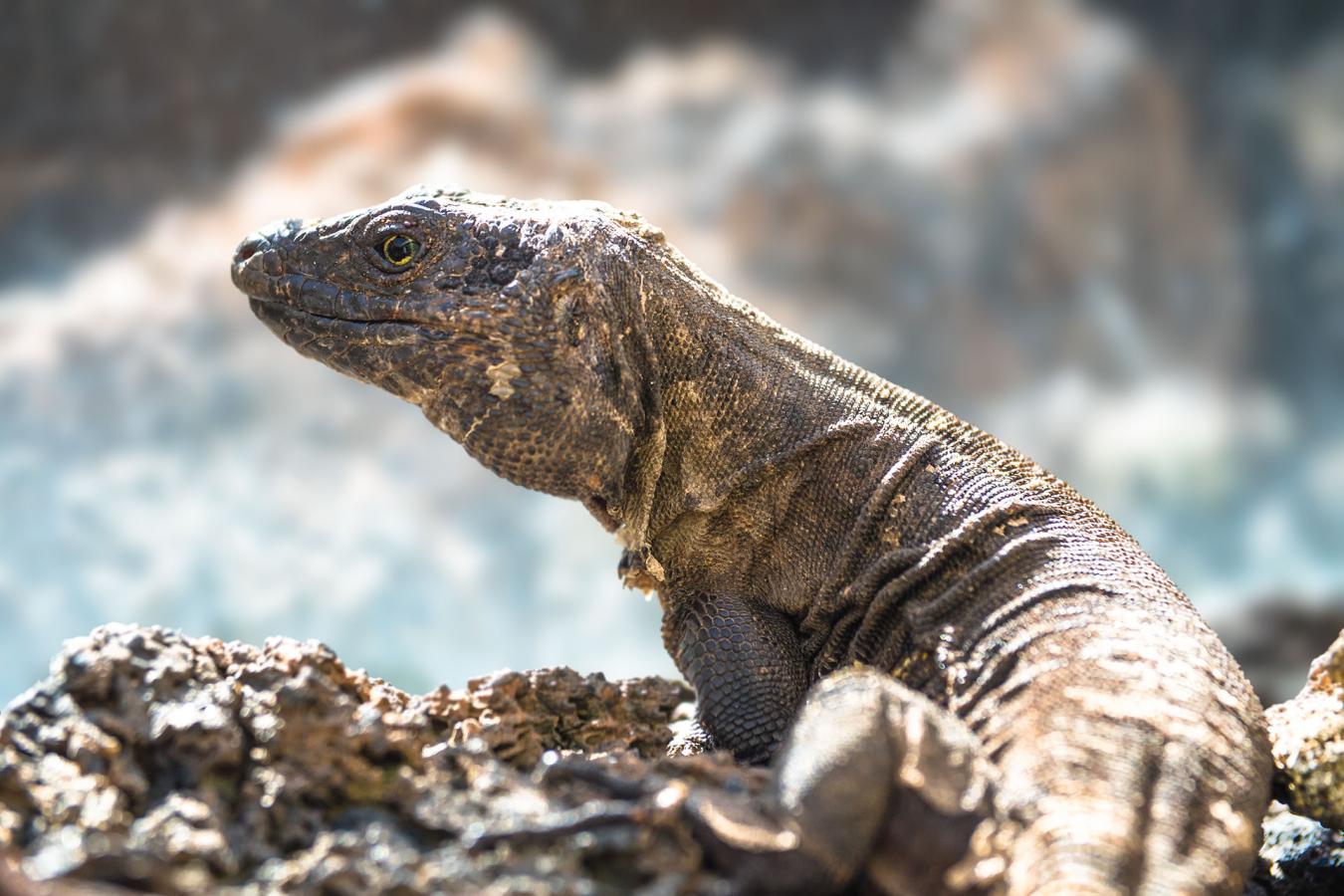
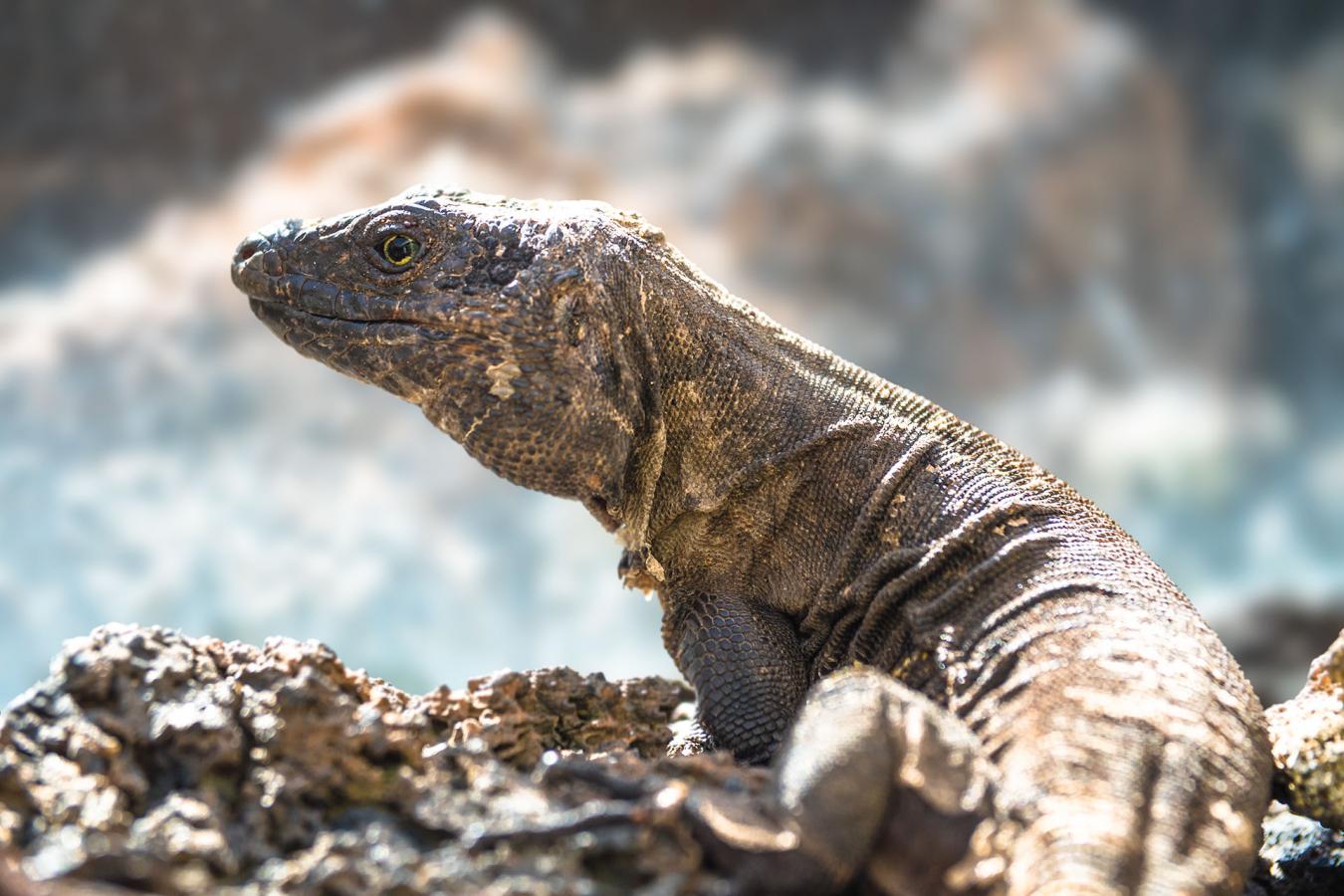
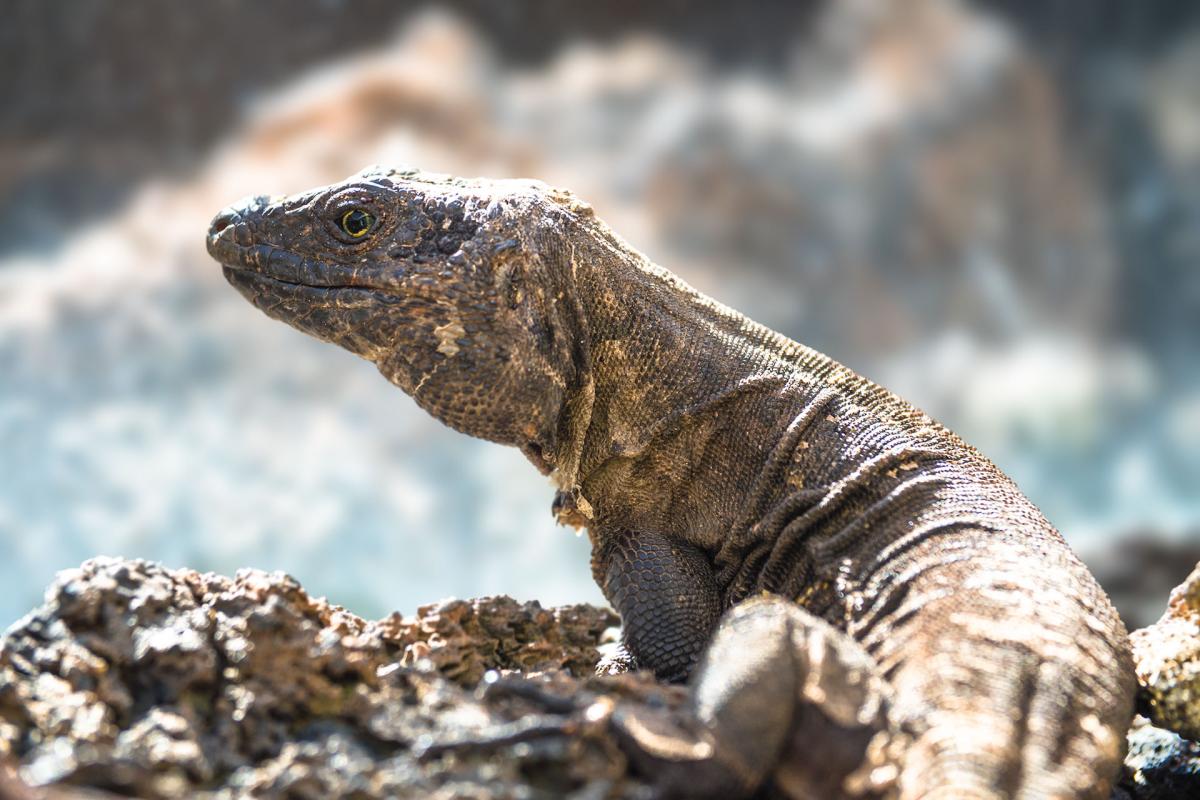
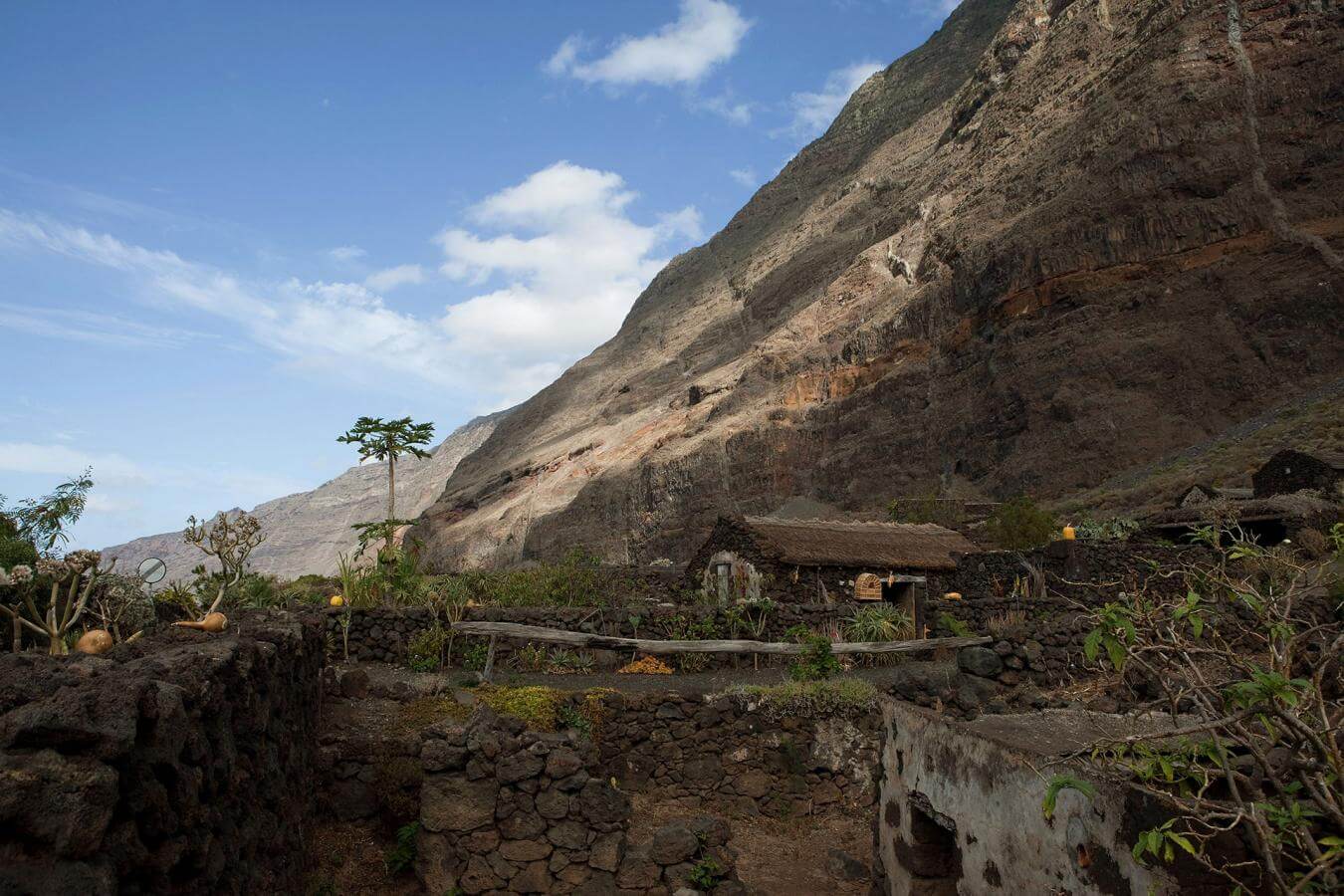
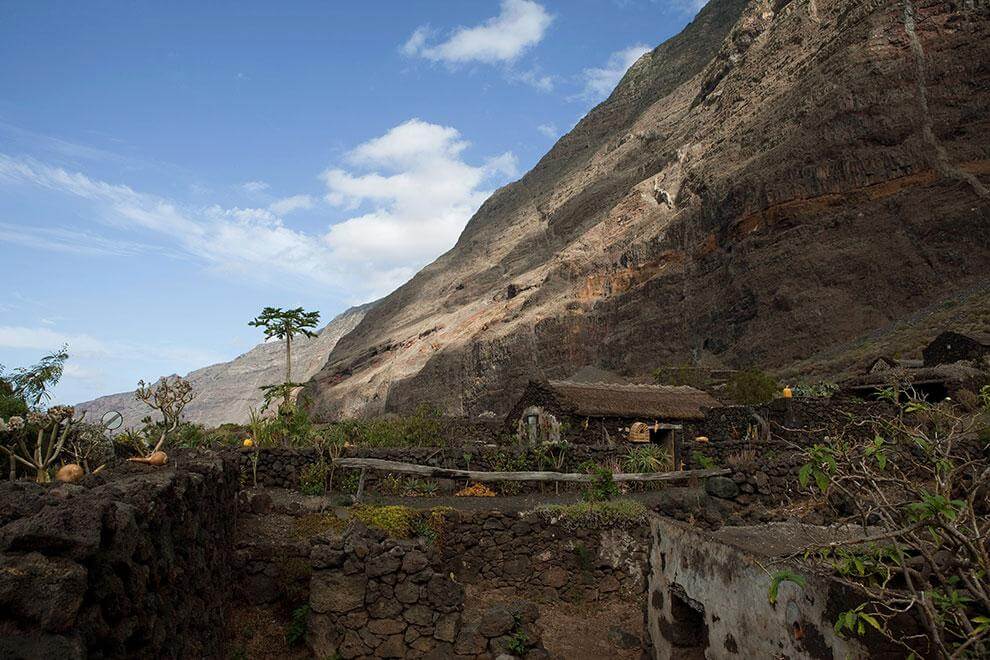
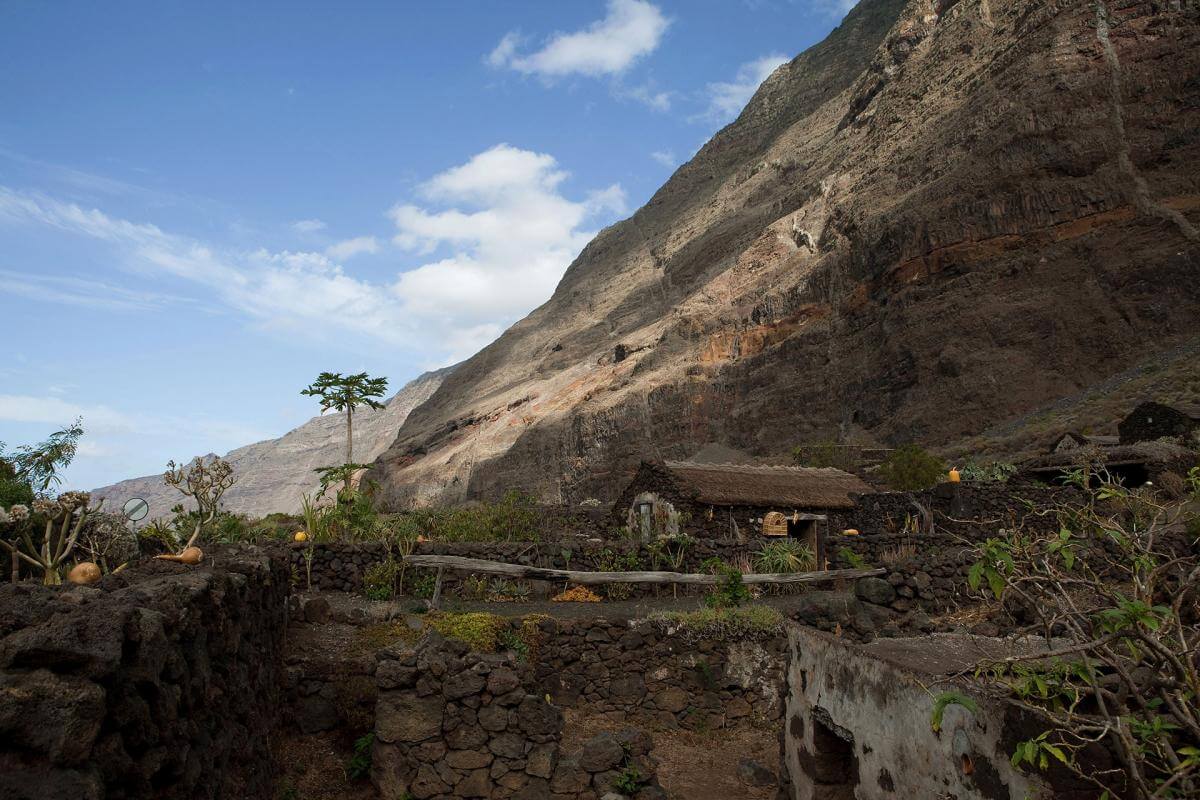
With a broad head, a dark robust body and a long tail, El Hierro’s native lizard native can measure up to 60 cm. The reptile’s name, the El Hierro giant lizard, is inspired by its unusual length. The giant lizard has long been an emblem of El Hierro where it lives on the island’s arid, rocky terrain.
“The El Hierro giant lizard… is of great value,” says Miguel Ángel Rodríguez, a biodiversity technician who works for the local government and is in charge of the Centre for the Recovery of the El Hierro giant lizard where public visits can be arranged.
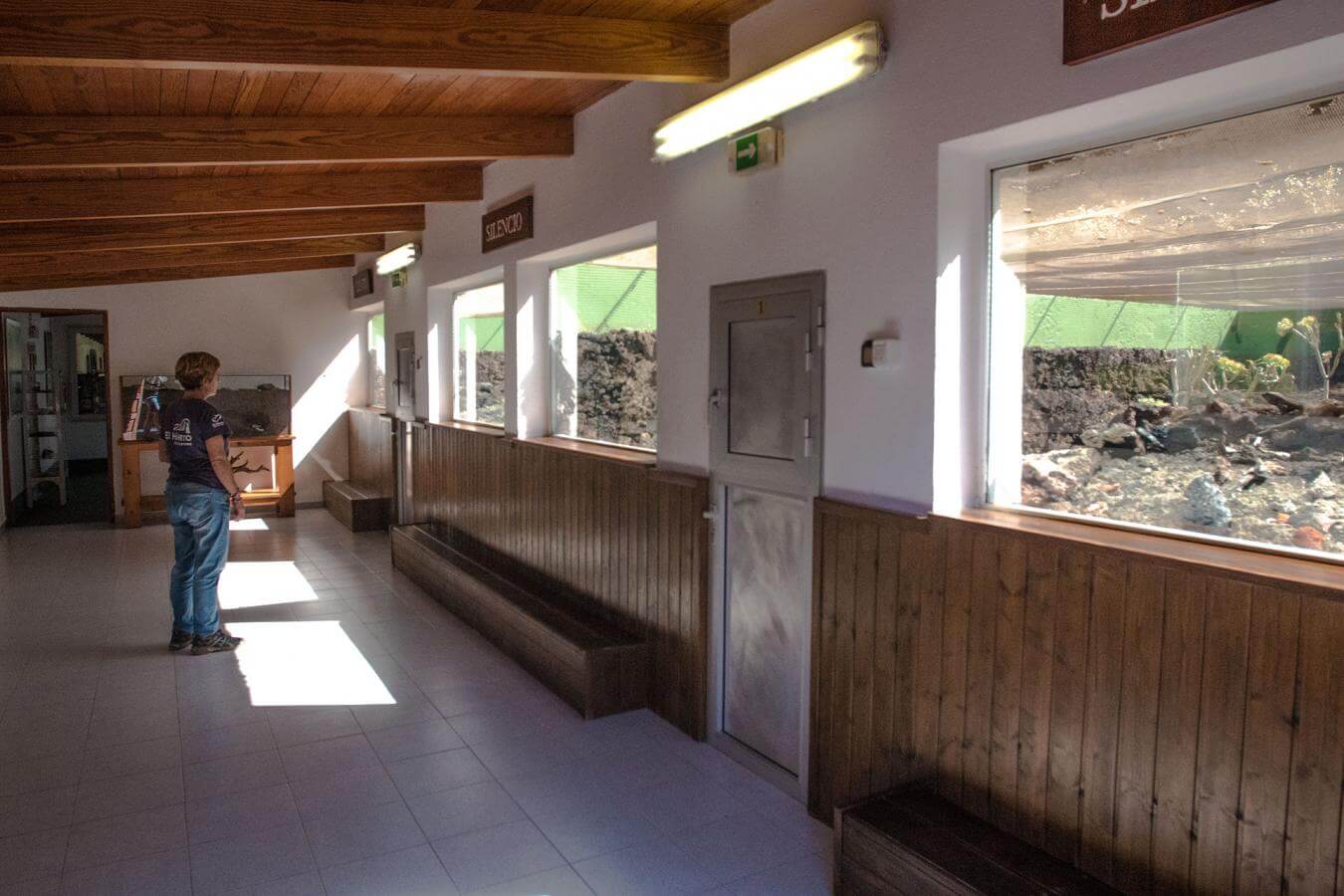
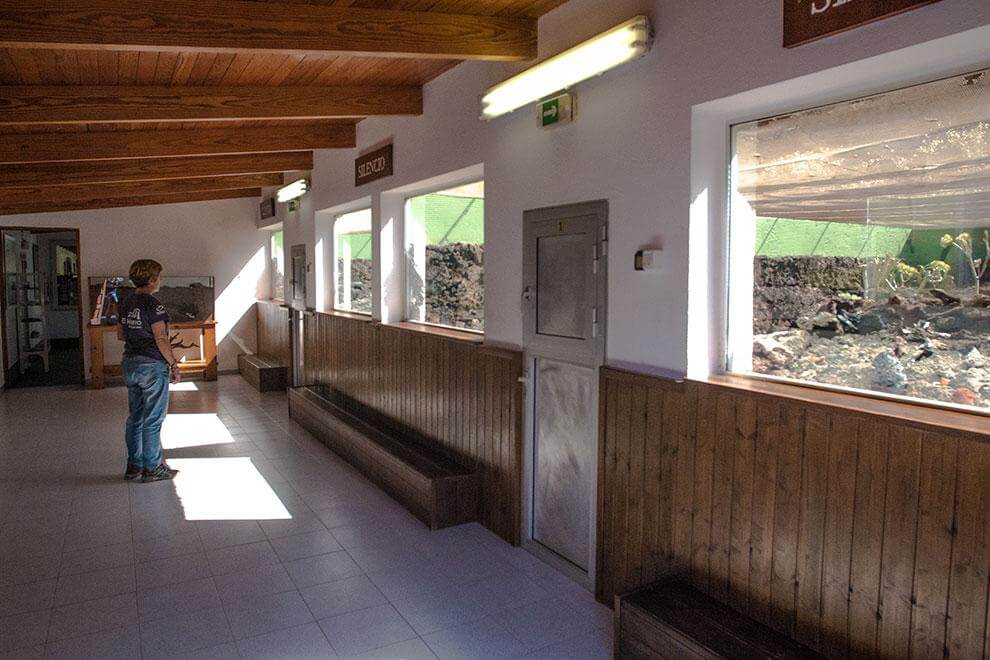
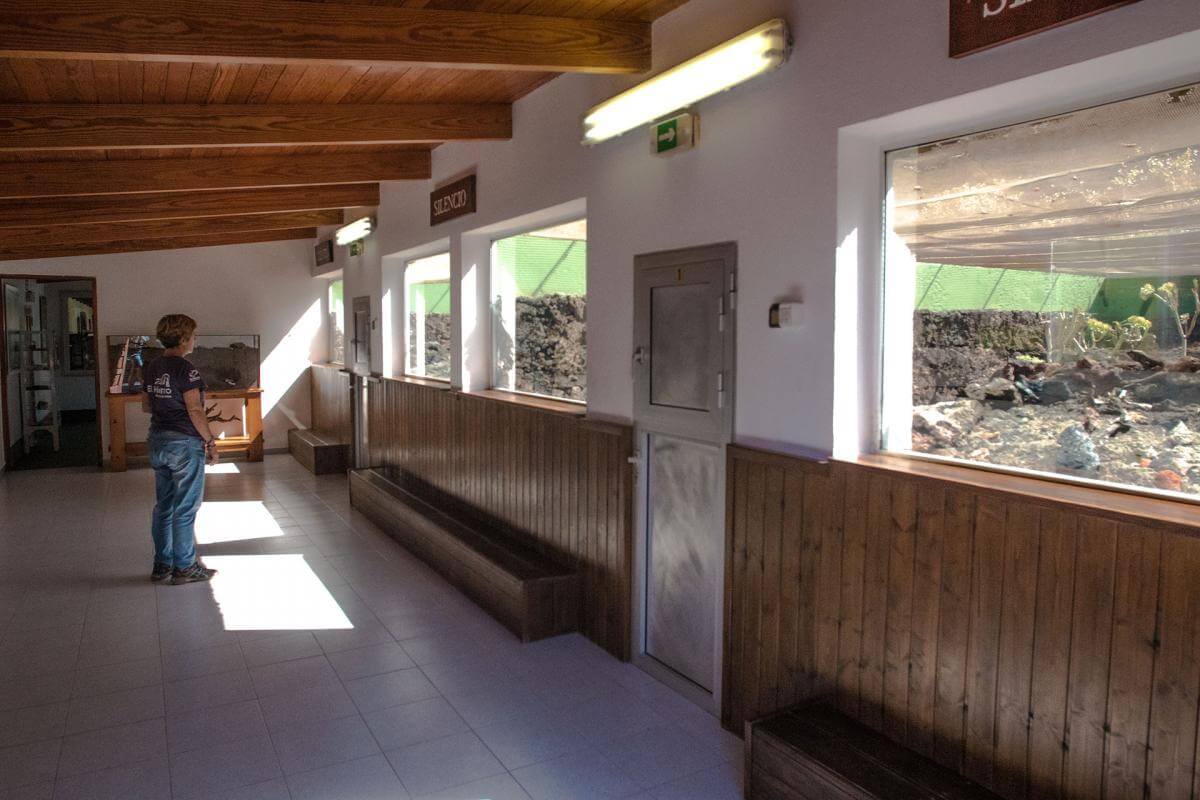
According to Rodríguez, in the chronicles of the fifteenth century conquest the lizards are described “as big as cats, revolting and repugnant to see.” When the conquerors arrived to the Canary Islands the lizards inhabited the entire island and served as an easy food source. As time passed more and more lizards died and soon they were on the verge of extinction. It was in 1985 that alarm was provoked and the lizard’s plight was finally recognised.
“A recovery plan was initiated with the only specimens that were found – a male, two females and a young lizard,” says Rodríguez.
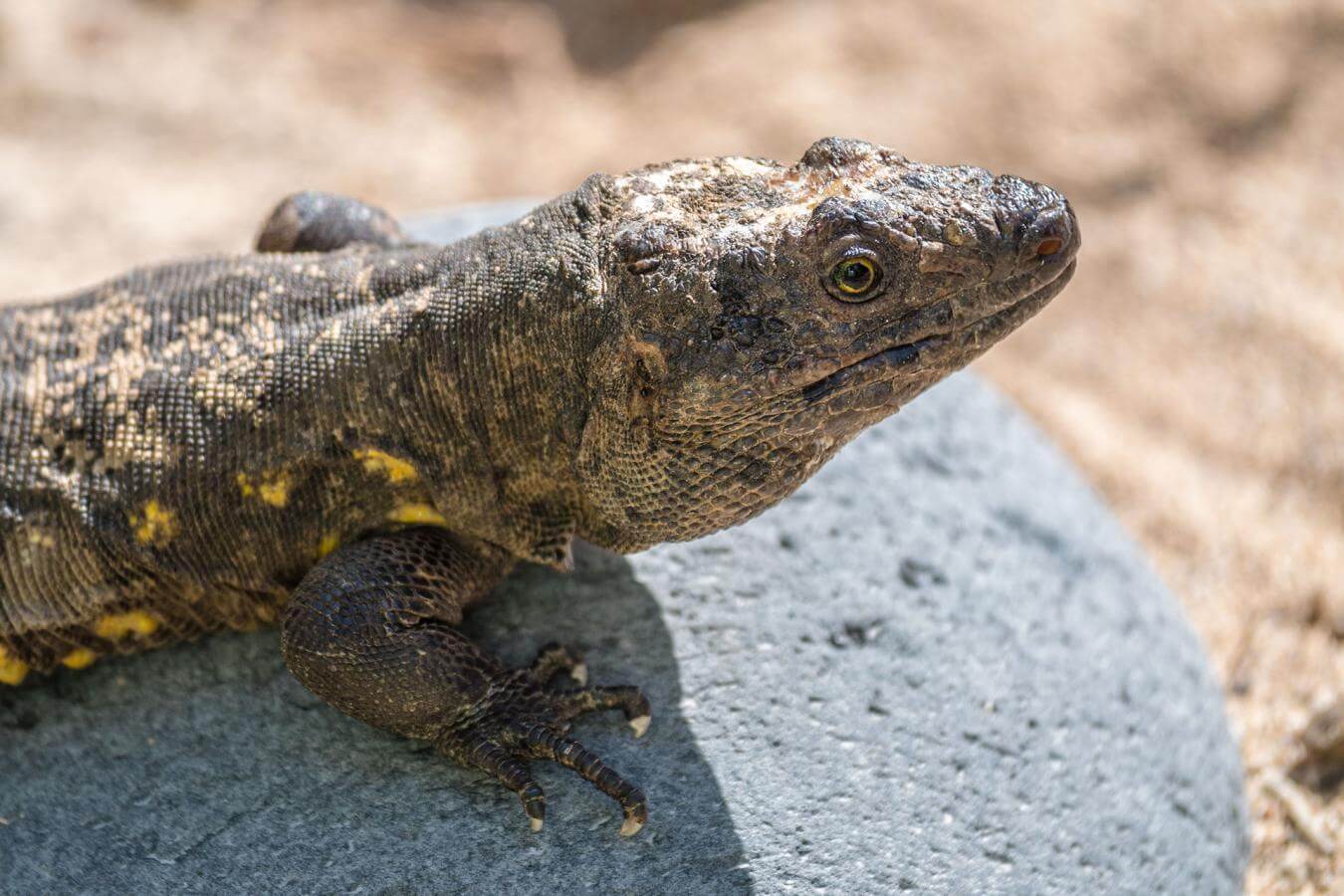
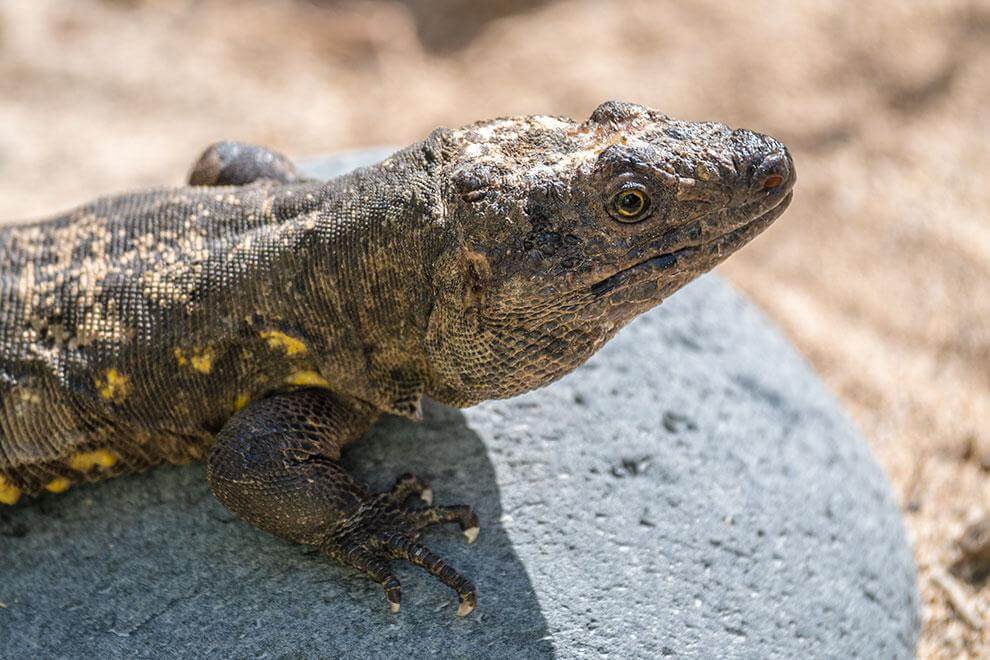
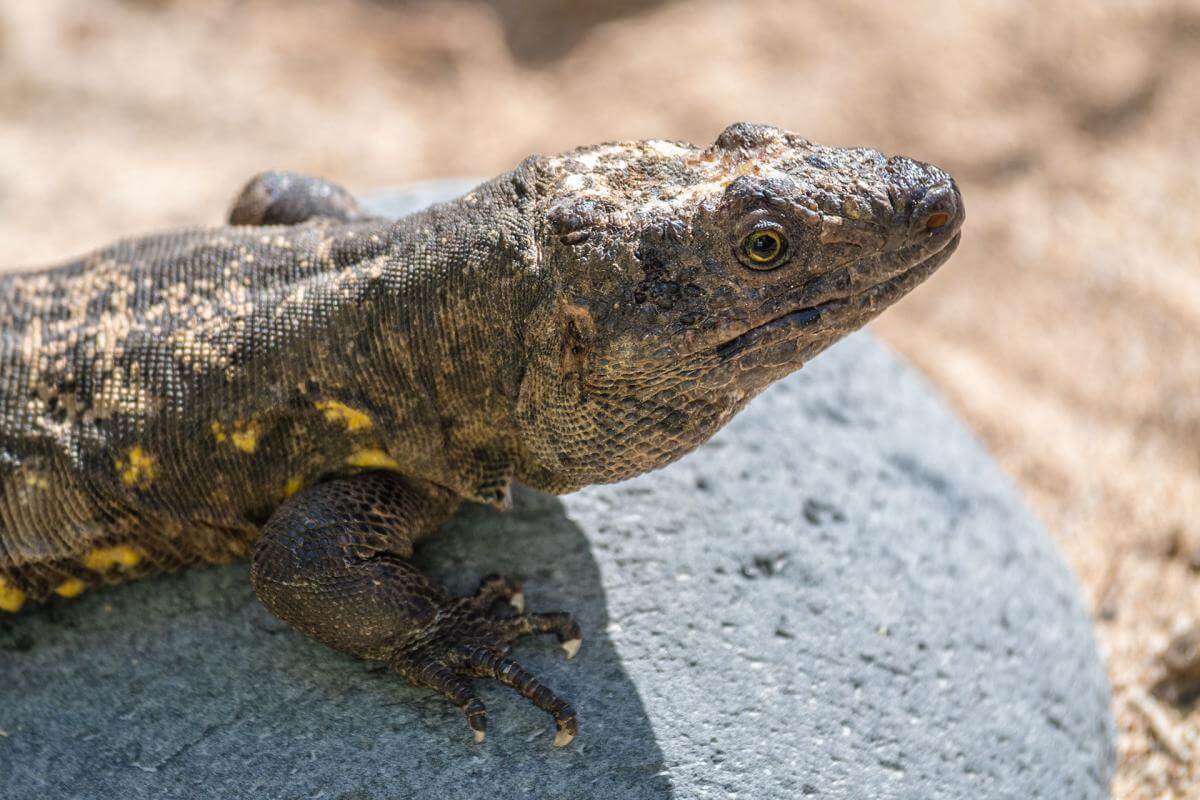
Since then, the population of the El Hierro giant lizard has been recovering. This is thanks to diverse strategies on numerous fronts by different governments. In 1995, the present day Centre for the Recovery of the El Hierro Giant Lizard, also known as the Lagartario, was constructed to give protection to lizards in captivity. The centre is tailor made for the study of lizards.
“Some [lizards] are allocated for reproduction, others for behavioural study. There is space for public viewing. Also an area is set aside to prepare lizards for release into the wild,” says Rodríguez.
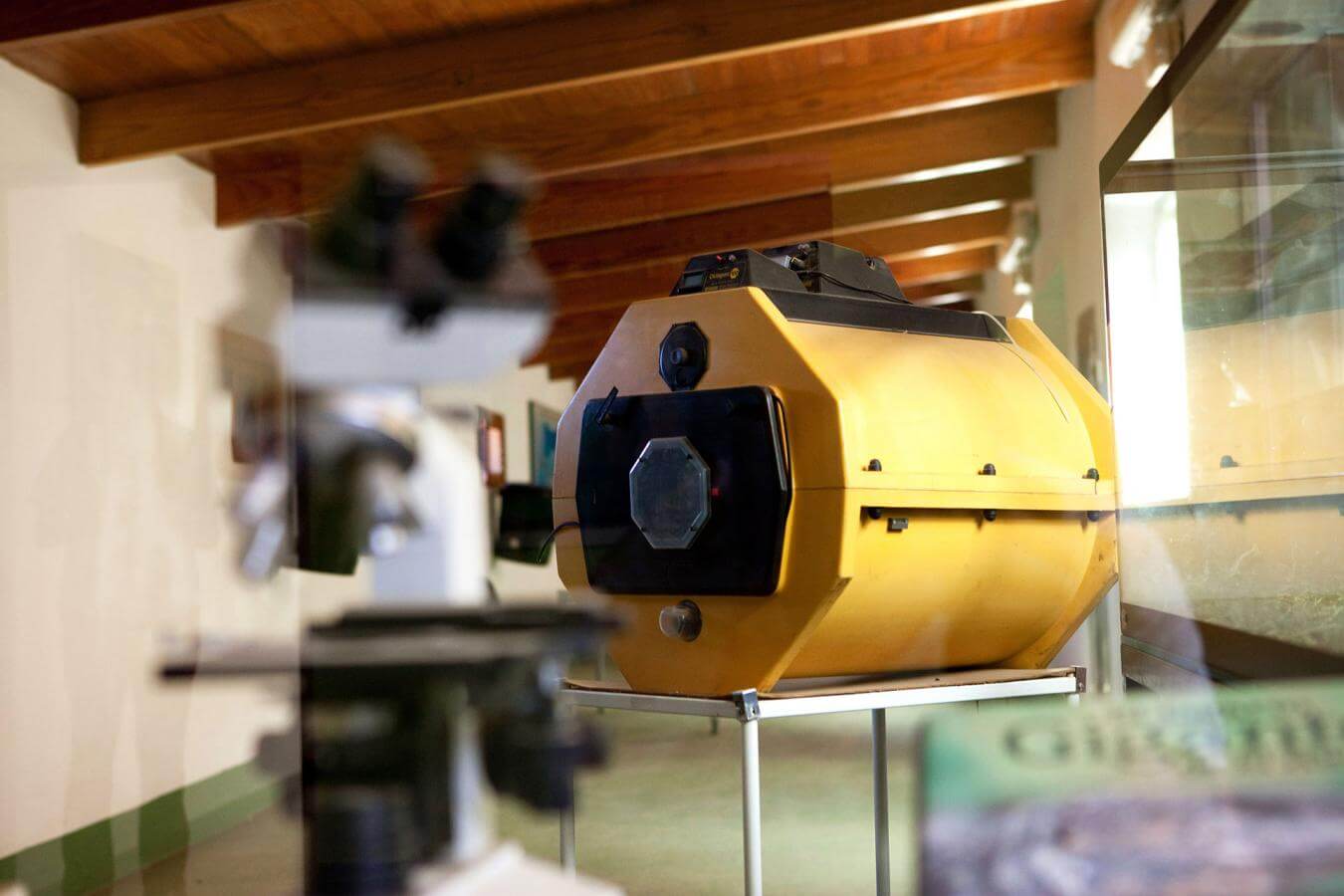
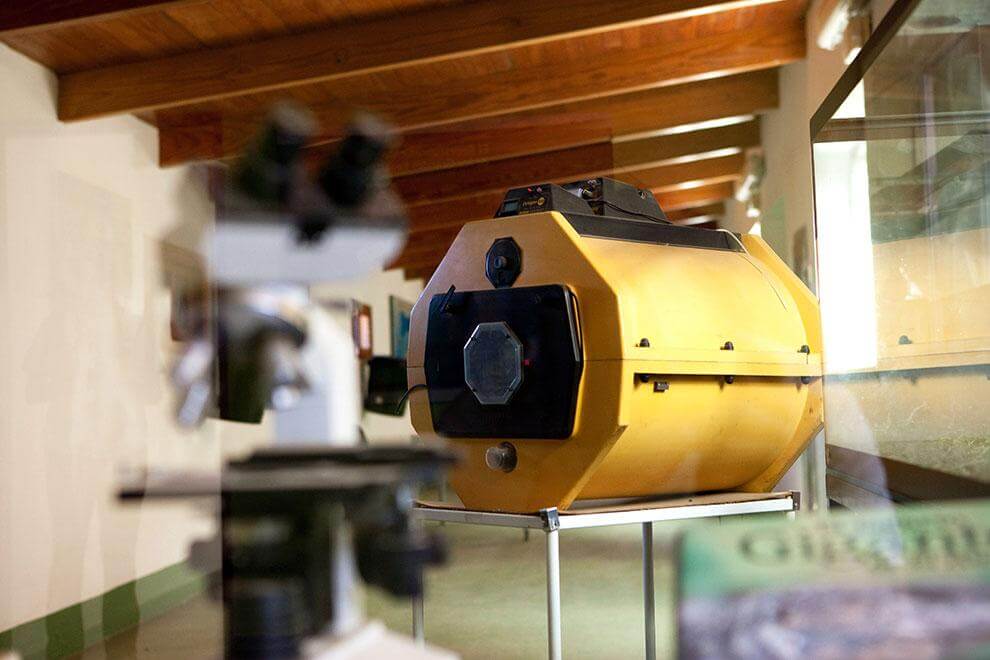
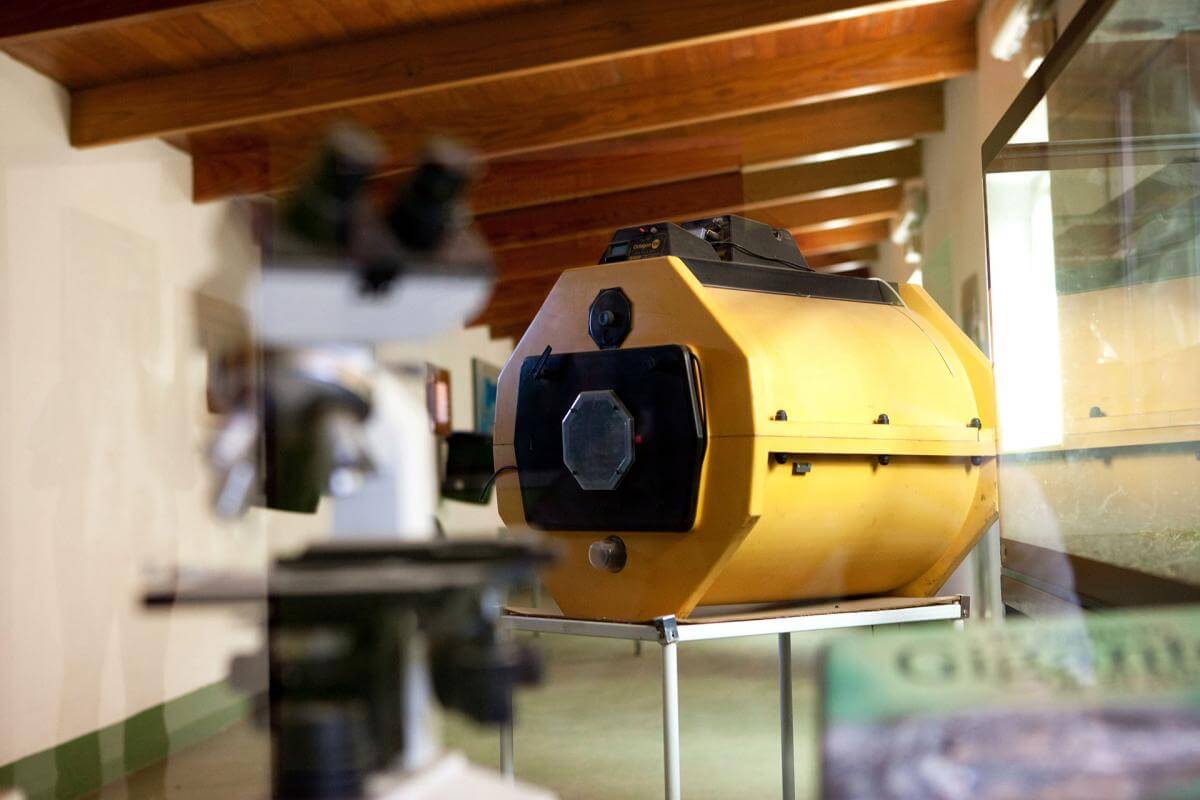
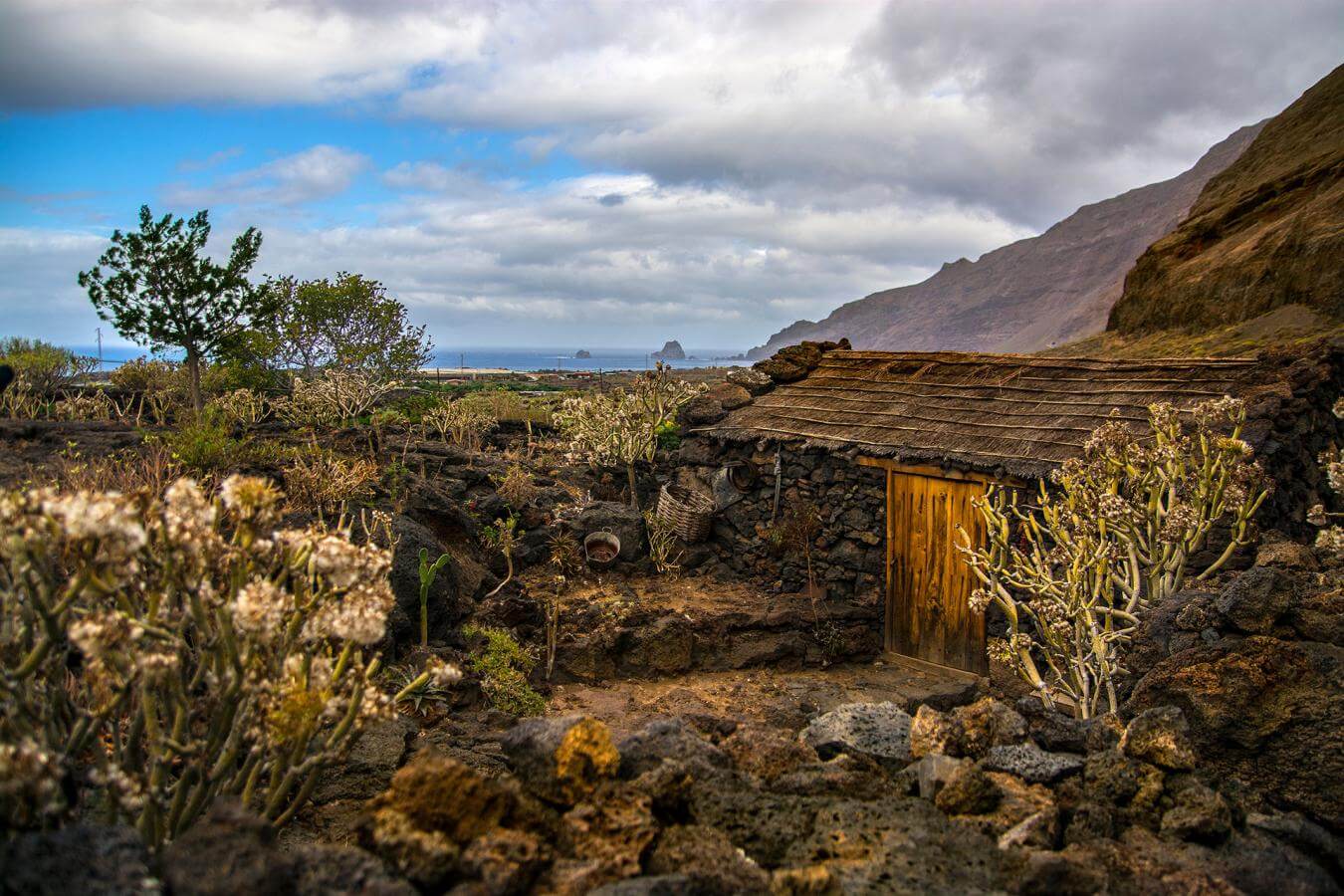
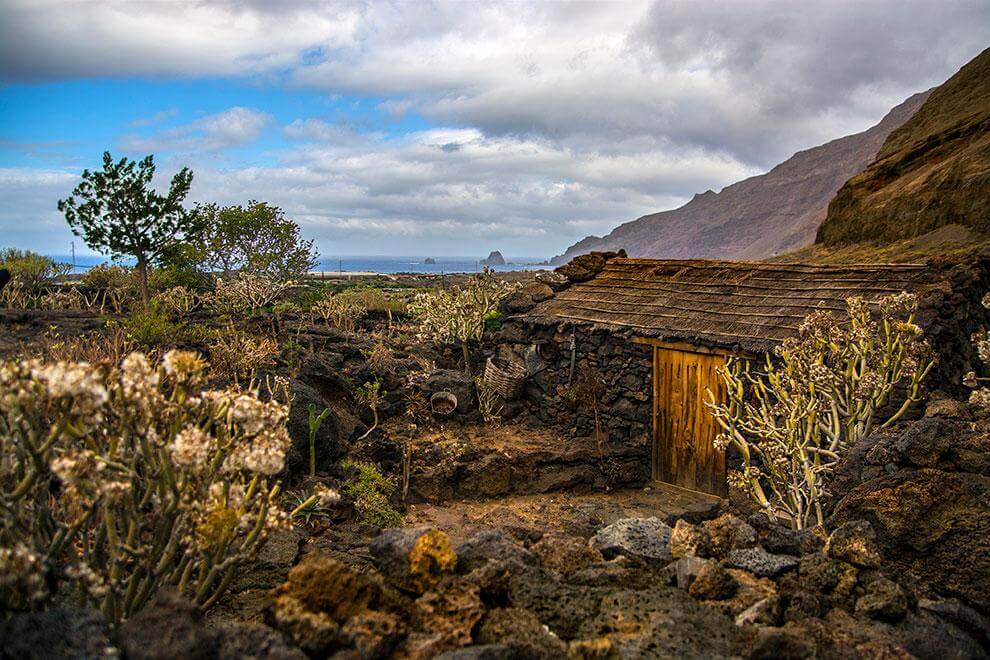
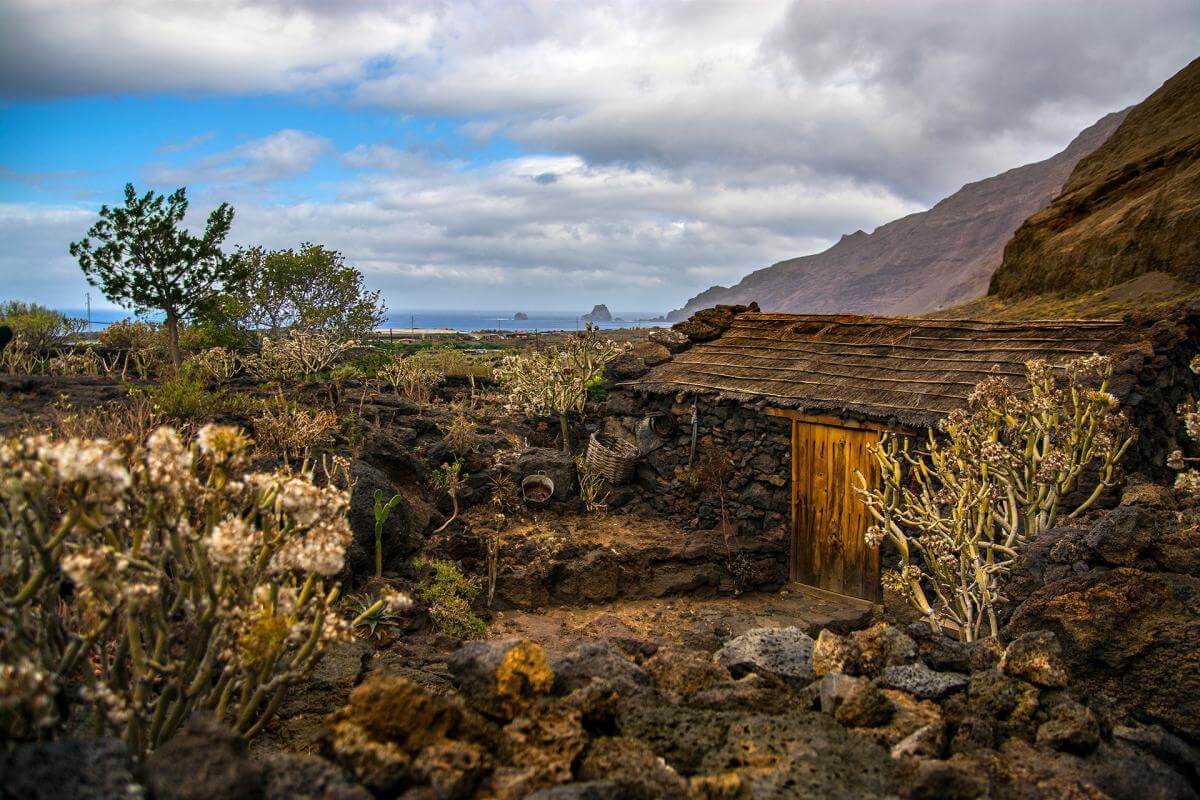
Risco del Tibataje
Presently the population of the El Hierro giant lizards that survive in the wild on the island can be found in Fuga de Gorreta, an area around the Tibataje Cliff, which is situated at an altitude of between 500m and 800m.
“Those lizards that grow up in captivity are less exposed to risks than those living in the mountains. The survival of those living in the wild depends on elements that are out of our hands, such as, among other things, the appearance of rats and also floods and landslides,” says the veterinarian Albert Martínez-Silvestre, Scientific Director of the Centre for the Conservation of Amphibians and Reptiles in Catalunya.
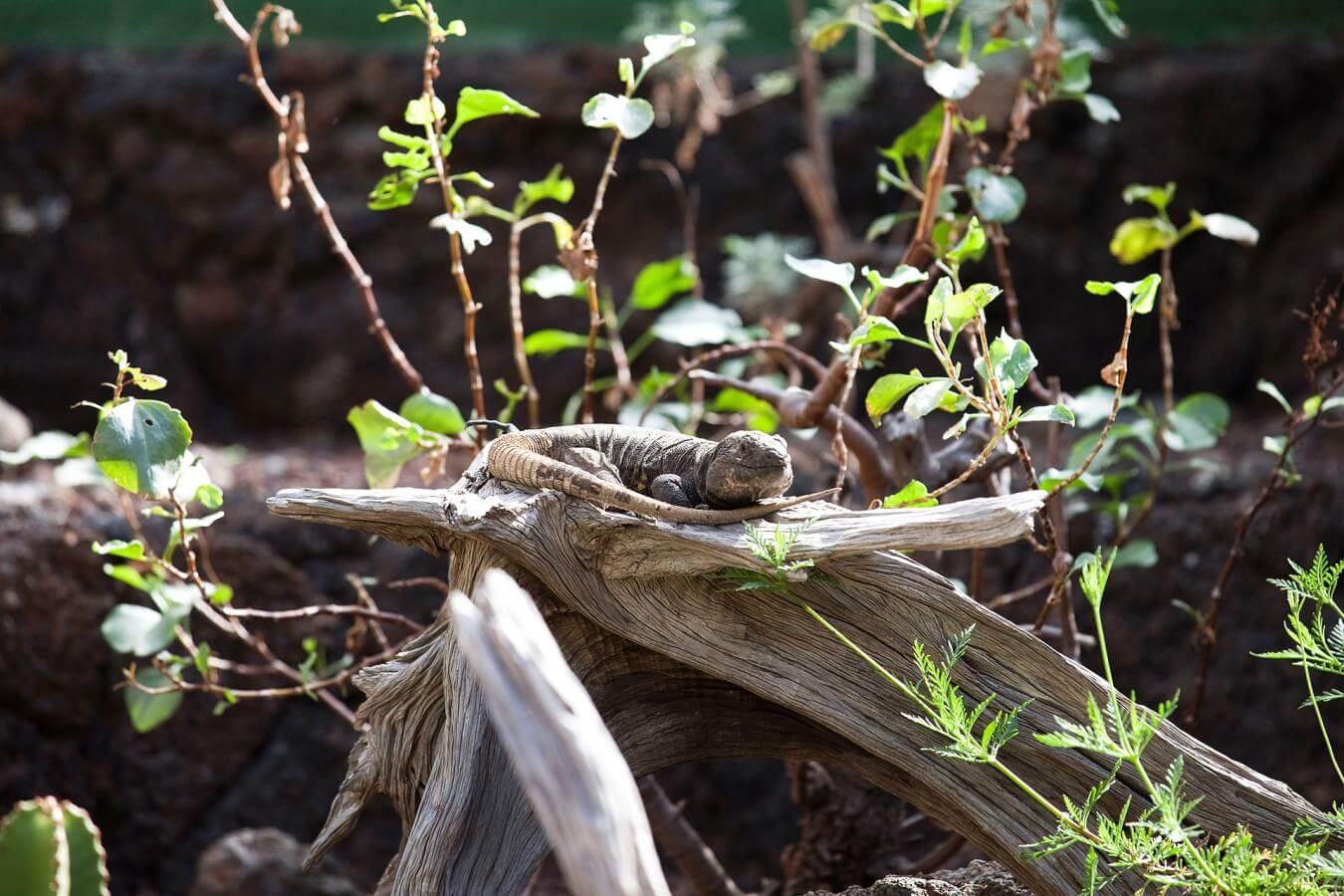
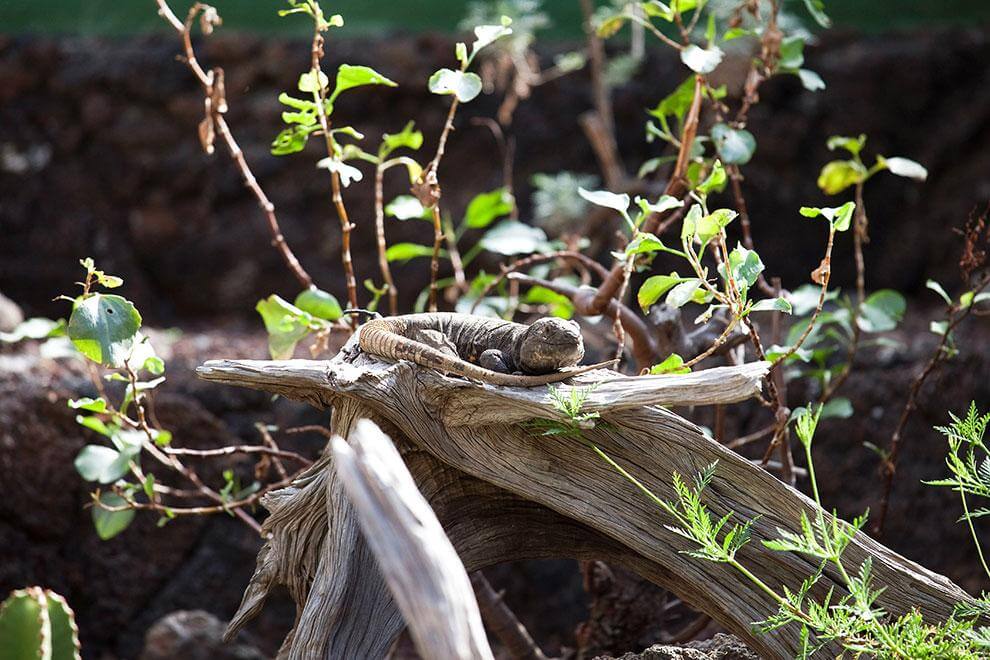
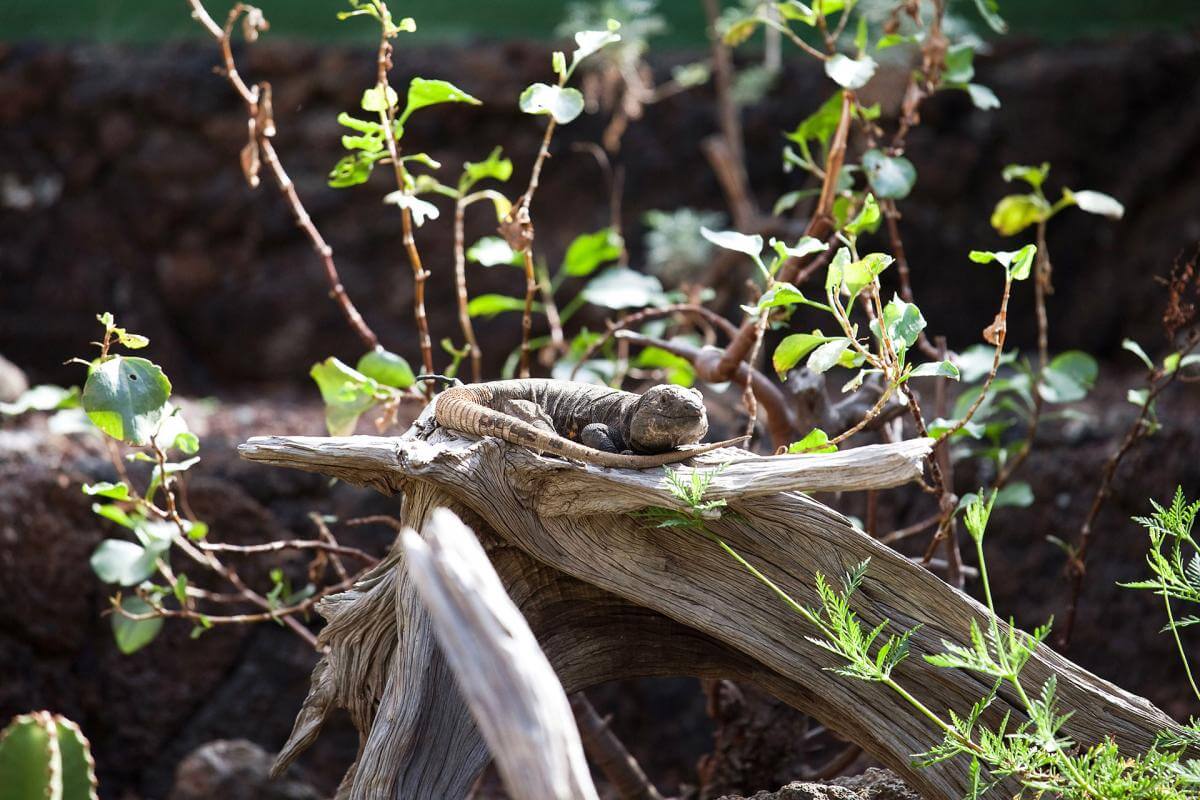
Martínez-Silvestre is a giant lizards expert based in the Canary Islands. He is in charge of the veterinary monitoring of the El Hierro giant lizard population through the LIFE programme of the European Union which protects threatened species. Over many years Martínez-Silvestre has endeavoured to highlight the importance of the El Hierro giant lizard. “It’s an animal that is perfectly suited to its climate. It needs little drinking water; it’s an herbivore; and it has a system for regulating temperature which means it can adapt well to the hot, dry summers of El Hierro.”
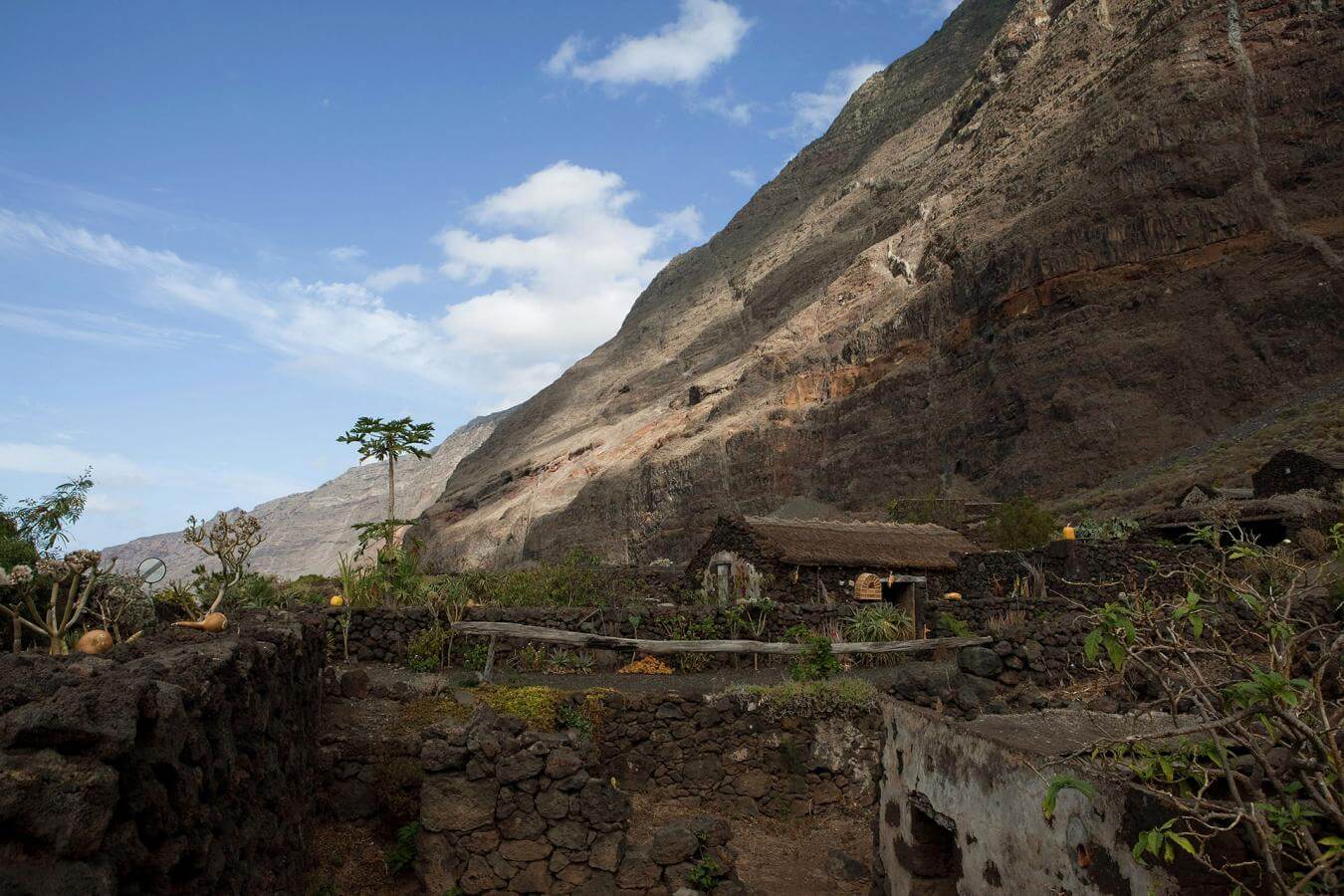
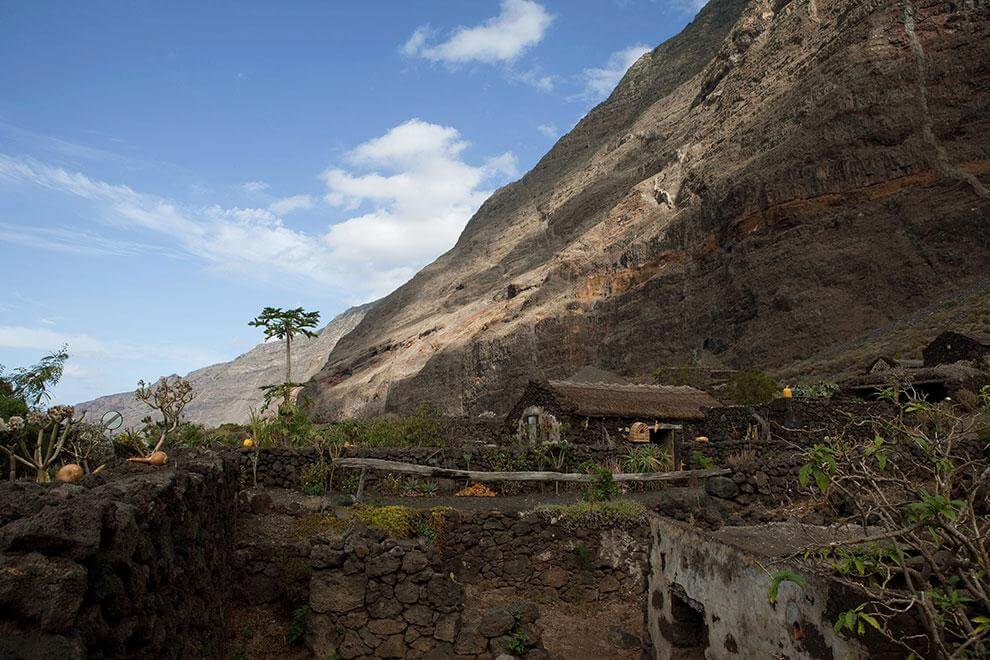
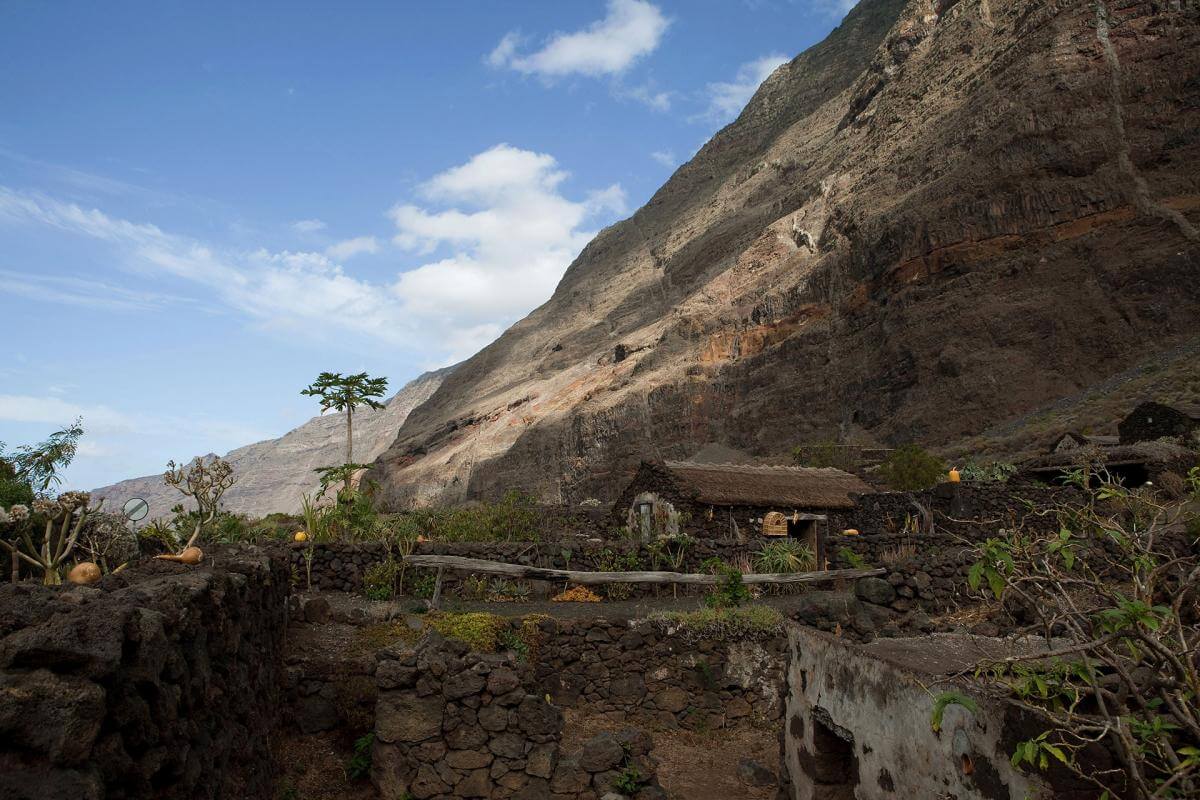
Despite the fact that “a thousand years ago the El Hierro giant lizards were living all over the island,” Martínez-Silvestre says that human activity and the introduction of invasive species have led to the situation today where the El Hierro giant lizard can only be found on a single part of the island. One of the aims of the Lagartario is to do something about this situation, to reintroduce the lizards into a broader area. “The plan is to introduce the El Hierro giant lizard into seven parts on the islands which were in the past favourable contexts for the reptiles’ development. Unfortunately, apart from in one case the lizards have been struggling to adapt to their new environments,” says Rodriguez.
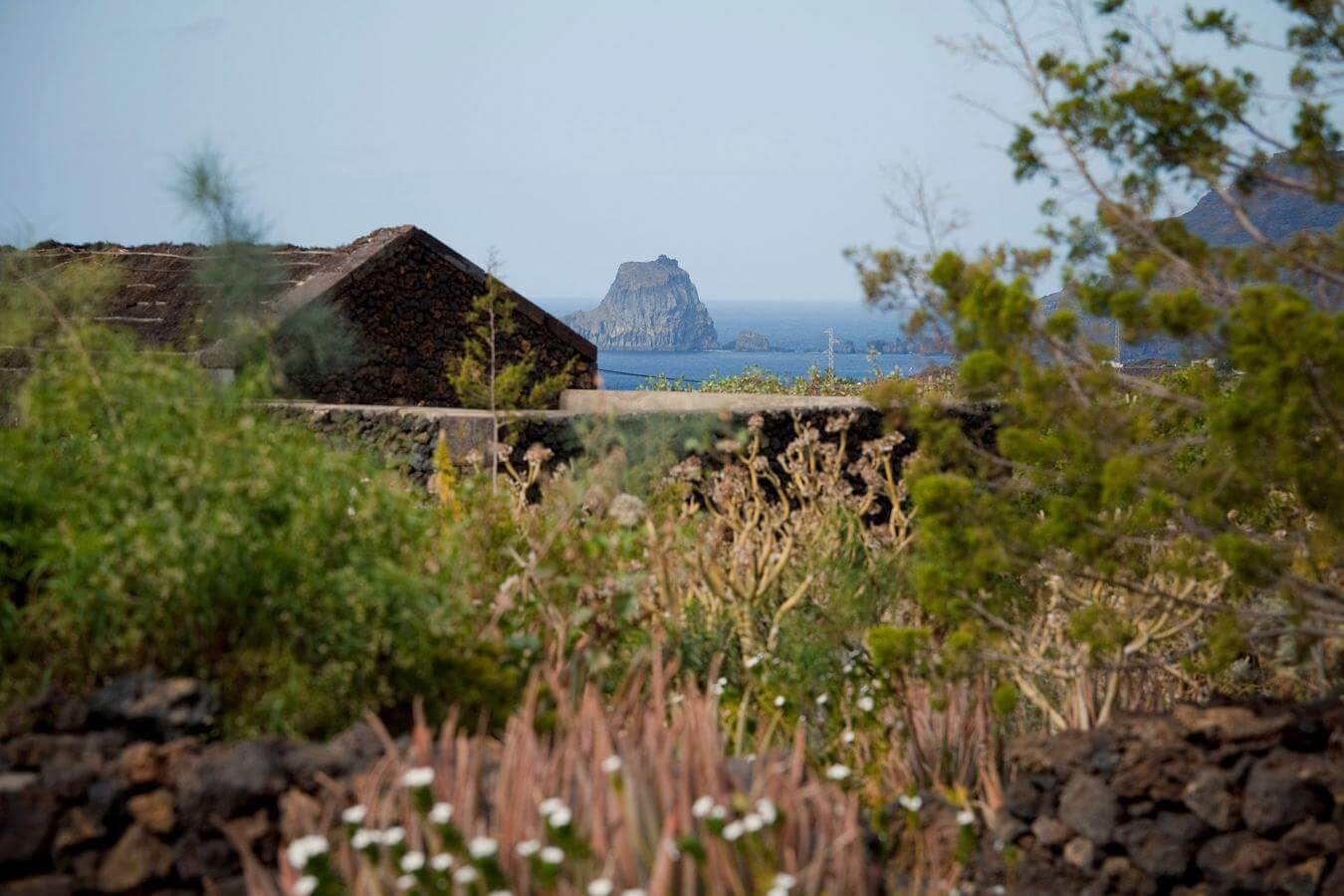
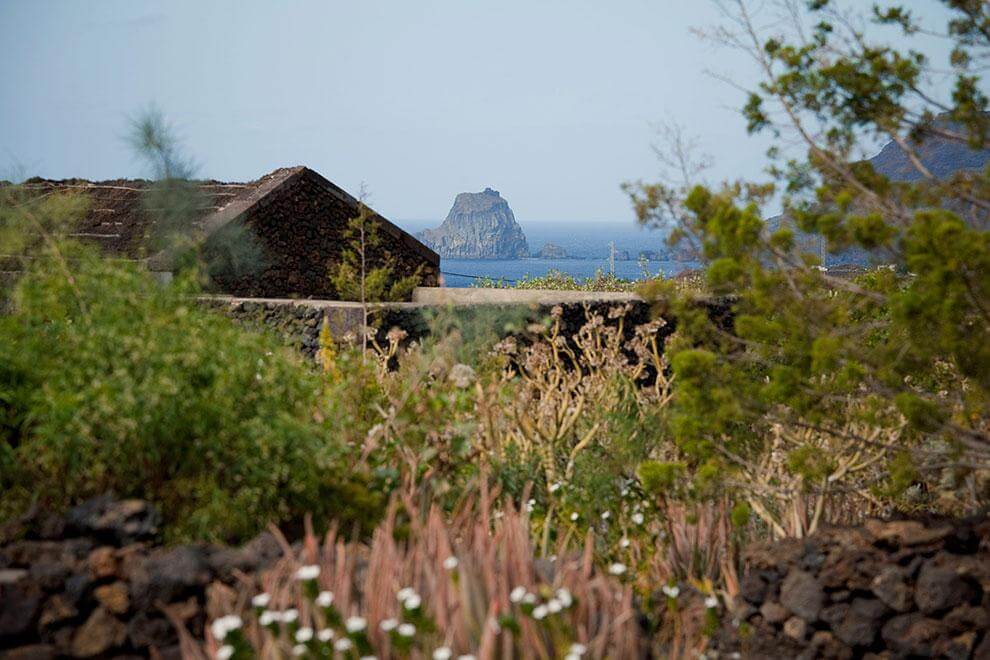
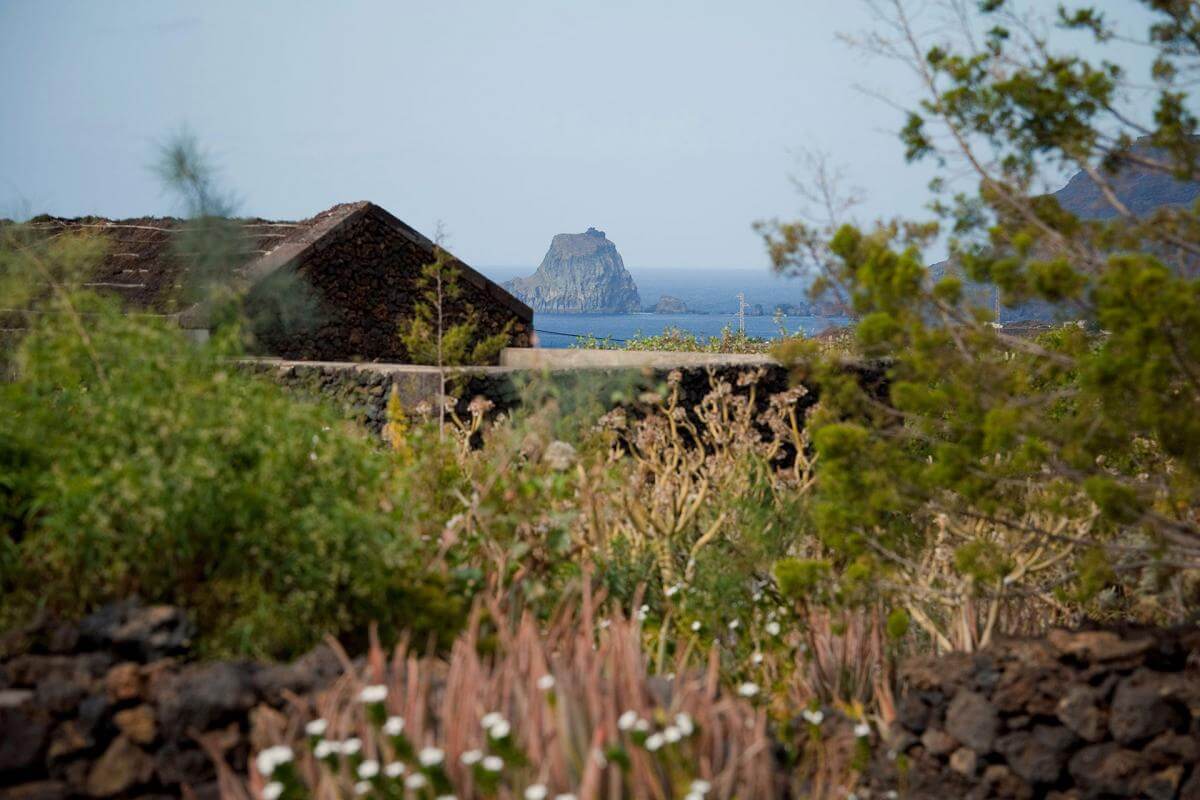
All of this notwithstanding, the outlook is still hopeful for this unique species. And there are reasons to be optimistic. “We have lived through very critical moments in the past… such as the catastrophe of 2007, when a landslide buried part of the facilities of the Lagartario and almost two hundred El Hierro giant lizards died… We remain dedicated to the recovery of El Hierro giant lizard population,” says Rodríguez.
Martínez-Silvestre meanwhile emphasizes how the local population and visitors to the island can contribute to the care of the El Hierro giant lizard. “Some people get scared when they see [the lizards] and hit them with a stick or attack them. It’s important that people are aware that this is a species in danger of extinction.” A thriving El Hierro giant lizard population will only be secured if everyone takes some responsibility for the preservation of the species.


